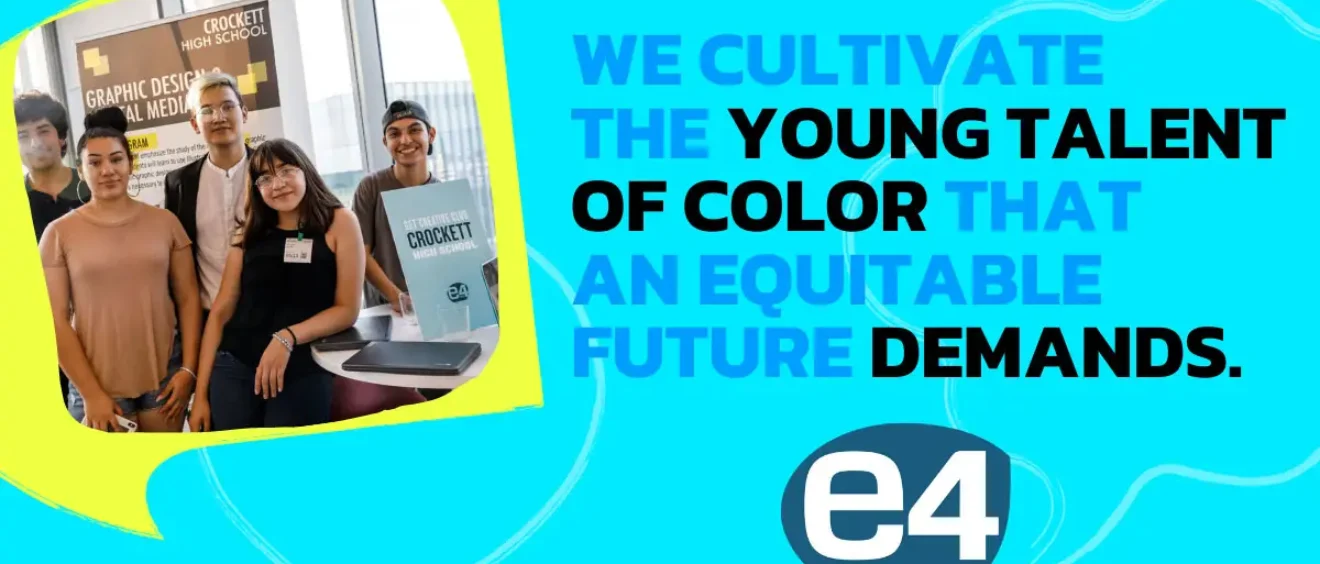
How to Start a Creative Career
Let’s start with the basics: What does it mean to “be a creative” or to “have a creative career”? At E4 Youth, when we talk about being a creative, we mean someone who works in a field that lets them showcase their skills and creativity to make something that will entertain, educate, inform, and/or persuade others. By that definition, almost every industry has creatives, so if you aren’t sure what career you want to pursue, that’s okay! This blog post will help get you going in the right direction. We’ll cover:
- Getting started in a creative career: where to begin if you’re in middle school or high school (or beyond), and how to make the most of where you are right now
- What to study to support your creative skills: considerations when it comes to skill-building and career growth
- Fun creative career paths: some interesting options for creative careers you may not have considered
How do you start a creative career?
First, choose something that interests you! There are many creative opportunities out there, and it will be easier to get started if you pick something you already find enjoyable. If you’re not sure what kind of work you’d like to do, think about your favorite classes and electives.
What if you’re not in school? Think about creative activities you like to do or your favorite hobbies you consistently enjoy, and start there. Once you’ve narrowed down the kind of creative work you’d like to pursue, you can start working towards gaining the skills and experience you’ll need to succeed.
Do creative work for yourself to build experience
Still in school or just beginning your career journey? Most likely you won’t have a lot of experience under your belt yet, and that’s normal. Start by doing creative work for yourself. This can be anything from writing a blog, to drawing, taking photos or shooting videos – whatever it is you’re interested in doing, start creating content for yourself.
This initial creative work will allow you to learn more about your craft and practice your skills. Not sure what kind of content you want to create? Look up prompts online for inspiration, and follow creatives producing work similar to what you’d like to do. As you’re finding influential people and companies to follow, look for opportunities to make connections with peers, mentors, and others who are willing to support your work.
Start networking now
Building connections is the first step to building your creative network. Networking is an important part of breaking into the creative industry, and these connections will help you find the opportunities and programs that will take your work to the next level.
If possible, try to attend creative festivals and other events where you can make connections and learn from people already in the industry. Remember, these connections can be invaluable later in your career and it’s never too early to start building them.
Join a social or hobbyist group
Unsure where to start networking, or don’t feel comfortable going to big events? Try joining a social or hobbyist group. Creative groups are a great way to learn more about the field you’re interested in and find people who share your passions. Plus, you’ll tap into your local creative community, which is an excellent way to get a glimpse of the creative process and network with potential collaborators in a smaller setting.
Use hobbyist and social groups as a platform to gain feedback and critique as you build upon your own work and skills. This can help build your confidence in your work and gain valuable insight from experts in the field. When searching for local groups, check out sites like Eventbrite and Meetup that often have hobbyist groups both in-person and remote.
Build your skills
No matter what creative career path you choose, having confidence in your skills is essential. It’s important to set realistic goals for yourself and work to develop specific skills. This can include mastering technologies and software related to your craft, learning new techniques to produce content, or experimenting with new styles within your current skill set.
Regardless of which skills you choose to improve, the best way to get better is to practice, practice, practice. Set aside time every day to work on your craft and you’ll see your skills start to improve. Join an online course or an in-person workshop and invest in learning new techniques and strategies in your chosen craft.
Just get started
The most important piece of advice for any creative is to go for it!
There will never be a “perfect” time to work on your creative goals. In fact, other obligations like school, work, family, friends will always require your attention, so dedicate time to work on what’s important to you. Don’t be afraid of taking risks and making mistakes along the way! Making real improvement in your creative skills takes hard work, dedication, and a willingness to learn and try again when you mess up. Start small, explore your options, and take the first step. Before you know it, you’ll be well on your way.
What should you study if you are creative?
Want to pursue a career in a creative field? If you plan to take the traditional school route, several options exist. Consider finding a school that offers a degree or certification in fine arts, digital media design, film and theater, graphic design, or interior design, to name a few.
If you’re more interested in pursuing a creative career directly, you’ll need to develop practical skills and a professional portfolio. Consider enrolling in a bootcamp or online course, both are excellent sources of knowledge and can help get you up to speed on industry trends and practices quickly. You can also take short-term classes to hone specific skills such as screenwriting, music production, or photography.
When it comes to studying, there is no right or wrong answer. Creativity comes from many fields, so it’s important to keep an open mind and look for opportunities that include internship or apprenticeship programs. If you’re a student in the Austin area and are looking to get started locally, E4 Youth also has programs that provide valuable experience and help you build a portfolio.
What are some fun creative career paths?
There are many creative career paths you can explore, and the options are endless. Some popular creative career options include:
- Graphic Design: Graphic designers create visual concepts, using computer software or by hand, to communicate ideas that inspire, inform, or captivate consumers.
- Photography: Photographers use cameras to capture images that tell a story or record an event.
- Animation: Animators create animated characters and visual effects for films, television, and video games.
- Fashion Design: Fashion designers create clothing and accessories that are both functional and fashionable.
- Interior Design: Interior designers create functional and visually appealing spaces within a building.
- Writing and Literature: Writers and authors create written content for books, magazines, websites, and other forms of media.
These are just a few examples of the many career paths available to those who are creative. It’s important to keep in mind that these are not the only options and there are many other creative career options out there. Don’t be afraid to explore multiple options until you find the one that fits best.
Once you’ve decided you want to pursue a creative career, it’s all about taking the next steps: getting serious about building your skills, working on your portfolio, networking and taking the right classes to help you move forward. Take the time to follow these steps and you’ll be well on your way to turning your creativity into a career.

